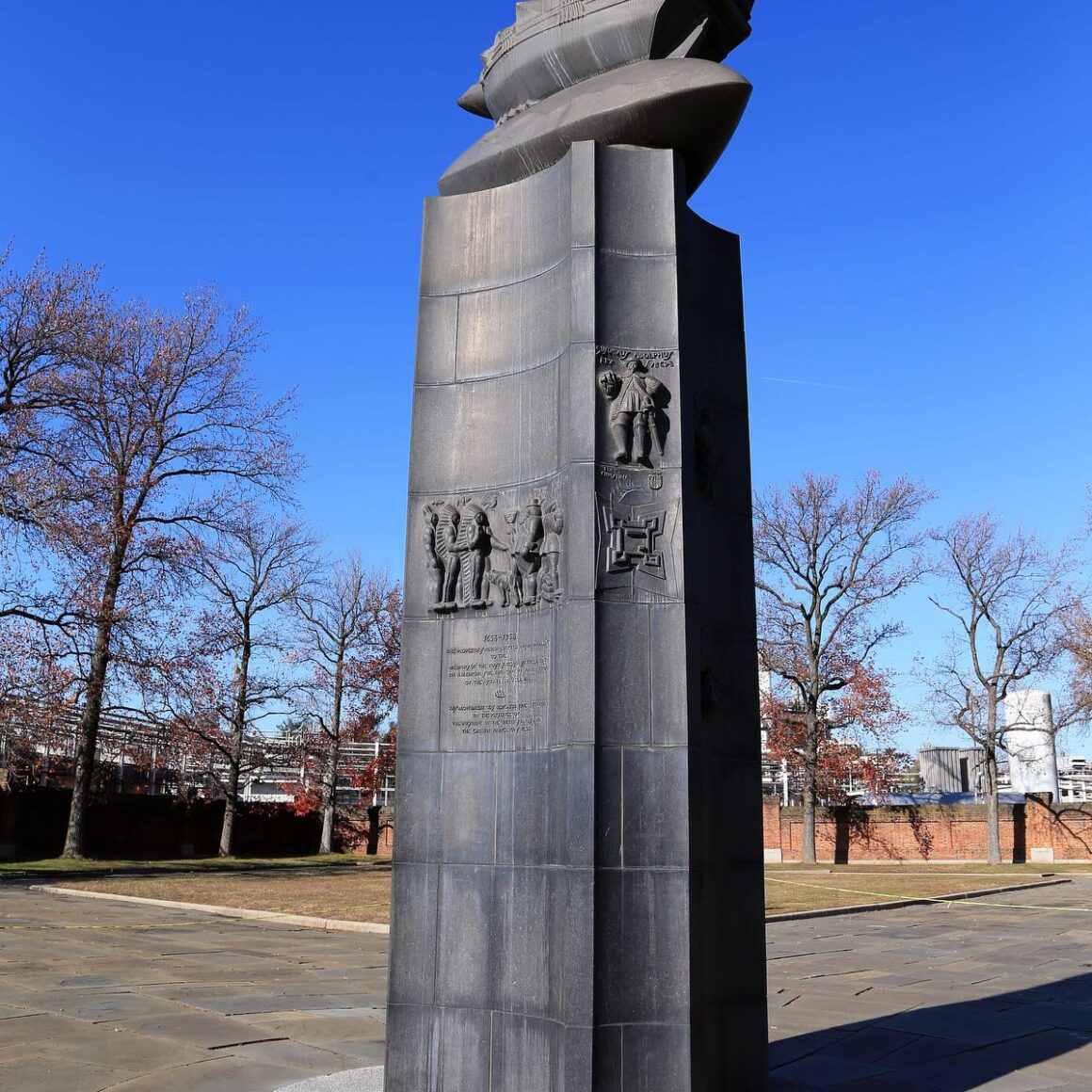The natural landing of the Christina River known as “the Rocks” was a clandestine place for maritime Underground Railroad captains to deliver freedom seekers from Tidewater Virginia to Black operatives within the city’s extensive resistance network of the 1850s.
Among the five known maritime Underground Railroad agents operating in Wilmington, resident Captain James Watson Fountain landed freedom seekers here in the second half of the 1850s, delivering them into the trusted hands of Black operatives who formed the front lines of the Underground Railroad network. Letters written by the Quaker “stationmaster” Thomas Garrett document interactions between Fountain and Harry A. Craigg Jr., one of the most-mentioned Underground Railroad operatives in Wilmington. Craigg worked for the Quaker abolitionist John Hilles in his East Side brickyard, and in 1854 he exchanged properties with Hilles, putting Craigg closer to the Rocks. Black operatives risked fines, physical punishment, and their very freedom by carrying out such work, but many, likely women and children among them, voluntarily participated in resistance work, whether taking down “runaway” posters or escorting people to greater safety in Pennsylvania.
Fountain regularly sailed the Chesapeake on his merchant route between Philadelphia and the area of Petersburg, Virginia, and he carried freedom seekers for a fee. He was described by the Philadelphia Underground Railroad “stationmaster” William Still as a fearless and sympathetic Underground Railroad pilot in a time when the penalties for white persons assisting freedom seekers included long jail sentences, fines, and loss of property. Fountain built a false chamber in the hold of a ship to hide freedom seekers when the Virginia inspectors came onboard, and he once carried 20 people to safety.
As southern port officials increased their pursuit of maritime Underground Railroad agents, Fountain ended his participation and moved his family to Beaufort County, North Carolina where he had relatives, sometime between 1857 and the census of 1860. He purchased a plantation, intending to become a farmer. The plantation came with an enslaved population. Fountain freed them, and many stayed to work there, having known no other home. Fountain, however, soon returned to merchant sailing, carrying lumber to Philadelphia for packet companies operating through the Chesapeake & Delaware Canal. He made some local enemies when he attempted to organize a N.C. militia for the Union, and it nearly cost him his life. After his schooner, the Charles T Ford, was burned by Confederates following the battle of New Bern in 1862, he joined the U.S. Navy in October and served as a pilot, lightship keeper, and acting master in the North Atlantic Blockade Squadron. Fountain and his family returned to Wilmington, Delaware prior to the census of 1870, and he resumed the merchant trade until his tragic death in 1878 in an infamous East Coast cyclone, which also claimed the lives of two of his three Black crewmen (possibly including Thomas Anderson, who was working for him in 1872); crewman Clark Jones survived to tell the details of the last hours of the Kesiah.
“The Rocks” at Fort Christina Park is a National Network to Freedom site, a National Historic Landmark, and a unit of the First State National Historical Park. In 2022 a historic interpretive panel, “The Rocks and the Underground Railroad,” was unveiled at E. 7th Street and Swedes Landing Road, just to the west of Fort Christina Park, commemorating this story. Descendants of the Craigg and Garrett families were in attendance.
References
- James A. McGowan, Station Master of the Underground Railroad: The Life and Letters of Thomas Garrett (Moylan, PA: Whimsie Press, 1977).
- William Still, The Underground Rail Road (Porter and Coates, Philadelphia, PA, 1872).
- Supplement to the Official Records of the Union and Confederate Armies, Vol. 1, pp. 600-601 (Broadfoot Publishing Company, Wilmington, NC, 1998-2001), 600-601
- Harry A. Sharp, Fountaine/Fountain Family Genealogy ts (Riverview Cemetery Archives, Wilmington, DE, 1965).
- Also: Cecil County Historical Society Collections (Maryland shipping news clippings); Fold3 online military database (Widow’s pension application, 1890, Isabella Fountain)


